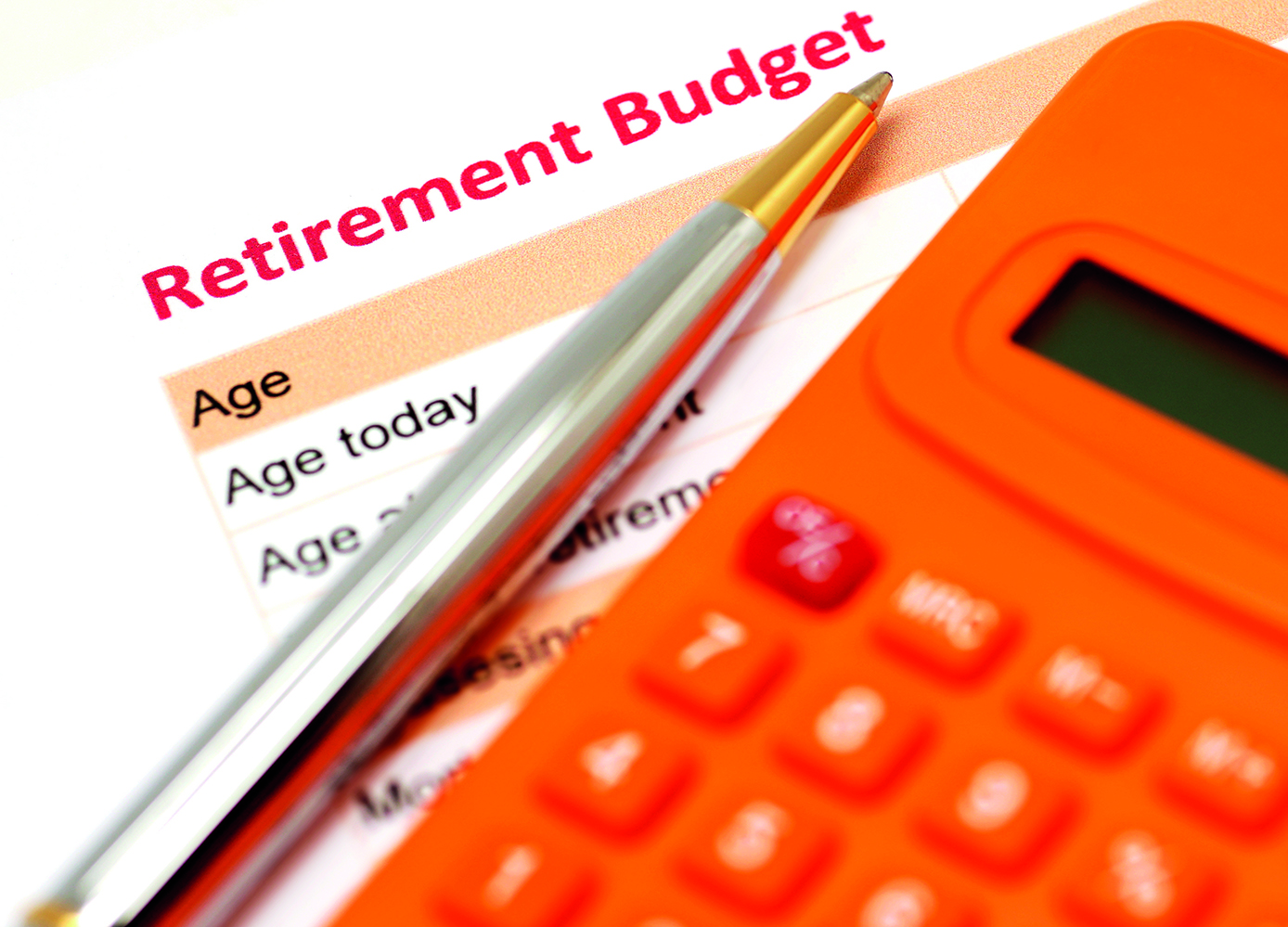Counting the Dollars and Cents
Once you have an idea of what your retirement is going to look like in its entirety, you can turn to the financial implications.
“Start by figuring out what you’ve got for income sources, and then think about how that will change when you stop working,” says Carol Bezaire, vice-president of tax and estate planning at Mackenzie Investments in Toronto. “What income sources will you have? RRSPs? TFSAs? Pensions? Government benefits? A lot of people still have business interests when they retire; for example, I have a property with rental income.”
In calculating your income, it helps to divide it into two categories: fixed, guaranteed earnings, and non-guaranteed earnings from investments and other such assets. These can be matched against your fixed versus variable living expenses.
“When it comes to Canada Pension Plan [CPP] and Old Age Security [OAS], the current maximum for both is just under $20,000 a year,” Bezaire says. “If that’s all you have for income, you can start adding the Guaranteed Income Supplement [GIS], as well—it doesn’t affect your CPP or OAS, and in calculating your income for GIS purposes, you can exclude OAS.
“You should sit down and calculate all your fixed expenses—rent or property taxes, hydro, and so on—and then add up your flexible expenses—things like travel, entertainment, gifts, and bequests to the kids,” Bezaire says. “Then compare your basic needs with your fixed income sources, and if things are tight, maybe you can cut back on the travel or entertainment. Make sure everything you must have is covered—everything else is negotiable.”
Courtney agrees with this approach: “Take all your guaranteed income and then look at your fixed expenses—housing, food, and so on—and see how closely they balance out. Then think about what you can do with the rest of your income. If you go through this process, you’ll sleep better at night and you might find you have more to spend than you thought.
“We see people who want to do certain things in retirement yet hold back because they’re uncertain whether their money will last,” Courtney adds. “That’s one of the benefits of retirement planning: it gives you confidence about what you can spend.”
Purves stresses the importance of being realistic about assessing your expenses. “Budgets are good, but if you’re not going to follow a budget, there’s no point in doing one,” she says. “We don’t change when we retire—habits are habits. You need to understand what you’re spending now, and then think about how that might shift when you retire. So pull out all your credit card and bank statements and see where the money is actually going.
“You also have to take into account all those extra little expenses—there can be so many for the average person,” Purves adds. “You may want to contribute to the kids’ weddings or help them buy homes. If there’s enough money for that, fine, but what has to be compromised if there’s not? You can’t choose to pay or not pay your hydro bill, but you can choose whether you’re going to buy that filet or lobster dinner.
“We do a whole budget including cash flow statements, but we also ask clients to use only cash for 60 days and forget about the credit cards,” Purves continues. “That’s really important, because by spending cash, you’re forced to make choices and you become more conscious of your spending habits.”
Assembling an Investment Portfolio
When you have a better idea of your income sources and your anticipated expenses, you can start assembling an investment portfolio that matches your income needs at a risk level that is comfortable for you and that provides for those extras you want.
“Structuring investments is different for each retiree,” McIntyre says. “A number of factors come into play, and everyone has different interpretations of things. For example, high or moderate risk will mean different things to different people. This is where professional advice becomes valuable.”
Most retirees’ investment options will include mutual funds, for example, but Bezaire suggests you consider corporate class funds rather than regular mutual funds:
“Regular funds are basically trusts, but corporate class funds function more like corporations. It depends on the portfolio, but traditional funds flow everything out to unit-holders in the form of dividends, capital gains, or interest income. With corporate class funds, all income is taxed in the corporation, so you can receive no interest, just favourably taxed capital gains and dividends. Earnings are retained in the corporation, so you can cash out later and get the benefits of tax deferral and compounding. It’s a more flexible arrangement.
“Right now, fixed income investments pay very little, but people still go for safety, so they buy GICs,” Bezaire says. “You can earn more with a fixed income fund or a balanced fund, and there is the prospect of the earnings compounding.”
McIntyre favours variable annuities based on segregated (“seg”) funds. “Seg funds are the same as mutual funds, but the big difference is in the guarantees. Annuity payments can continue for life, but with regular annuities, if you die early, you lose the balance of those payments. With variable annuities, if the money is not all gone, the rest goes into your estate—the life insurer issuing the annuity takes on the risk of the money running short.
“There are different types of variable annuities, available from many different companies, and they can be tailored to suit the individual investor,” McIntyre says. “They can go anywhere from 100 per cent bonds to as much as 80 per cent equities. You may not get the best rates on the market, but your dollars won’t disappear if they’re not used up, and the longer you live, the more money you’ll get.”
Bezaire stresses the importance of tax planning through strategies such as income splitting. “With couples who have investments, usually most of those investments are in the name of the higher earner,” she says. “The current rate of interest you must charge on spousal loans is only one per cent, so the higher earner should think about selling some of those investments to the other spouse and taking back a promissory note.” (As long as the interest is paid each year, the investment earnings won’t be attributed back to the higher earner.)
“If you’re both receiving CPP, you can elect to have both your benefits split 50/50 down the middle,” Bezaire says. “That way, less money goes to the government and more stays in your pocket.”
Caregiving Considerations
Given the statistics on health-adjusted longevity, it’s wise to contemplate the days when you’re going to need help getting by.
“This is the retirement phase that nobody wants to think or talk about,” Purves says. “People just assume that one day they will have a heart attack and drop dead. But for most people, the reality isn’t like that.
“Everybody thinks that they’ll be able to spend lots of money at the beginning of retirement and if they get ill, the system will pay to look after them, but that’s not going to happen. Caregiving can get costly, so it’s worth looking in advance at what kind of accommodations are available, and also about family logistics.”
“When it comes to future accommodations, your basic choices are assisted living, nursing homes, and in-home personal support,” Bezaire says. “The choice will depend on your health and your family situation, as well as your cash flow. If you’re thinking of a nursing home, the rent in most places will be based on your income. If you go into assisted living, you also get meals and housekeeping, for about the same price as renting a regular apartment.
“In thinking about going into a facility, you should scope them out ahead of time, after deciding where you want to live,” Bezaire adds. “For example, you may want to live somewhere that’s close to the kids, or by the cottage if you like the countryside.”
“Everyone goes through the same process,” Courtney says. “My friends, clients, associates—they all want to stay in their own homes and they’re worried about the cost of assisted living. But assisted living doesn’t necessarily mean a nursing home. We’re lucky that we have many assisted-living facilities here in Manitoba that are run by non-profit service clubs, and they’re great. My father went into one, and he was able to socialize more and he was eating better—it was a big improvement in his life.”
As for costs, Courtney notes that in many cases, homeowners can rely on the value of their homes to help finance the move into other accommodations. “Your monthly costs may go up, but you have liquidity in your home—that’s a major asset base to draw on.”
Bezaire points out that in many cases, other family members can step in as caregivers.
“Many families have started having three generations living together in the same home,” she says. “In this situation, your family can help provide that needed care, and this will be cheaper than moving into a nursing home or assisted-living facility.”
One point mentioned by all four advisors is the merit of buying long-term-care (LTC) insurance, if you have sufficient resources, in order to guard against the cost of unexpected health issues. We’ll cover that subject in more detail in the next issue of Good Times.
Putting It All Together
Whatever your plans for retirement, all four advisors stress the importance of getting your whole family involved in the planning process.
“We’ve often found that when the kids aren’t involved, they tend to look at it from their own perspective and don’t really understand what the parents want,” McIntyre says. “I’m a huge supporter of having the next generation involved in knowing what will give their parents ‘sleepability.’ If a family has to step in as parents age, they’ll be able to continue to work with the personalized plan that meets parents’ sensibilities. You have to get the kids involved so they know what to expect—and what’s expected of them.”
In sum, effective retirement planning can involve many factors, these differ from person to person and family to family, and circumstances can always change.
“Everyone is different,” Courtney says. “Your employment and savings history, inheritances, as well as your family history and your health all influence your financial situation. The only way to deal with it is to develop a plan that is unique to you.”
Photo: iStock/leisuretime70.






